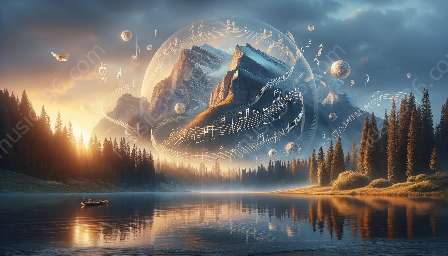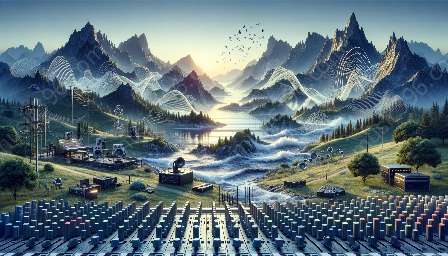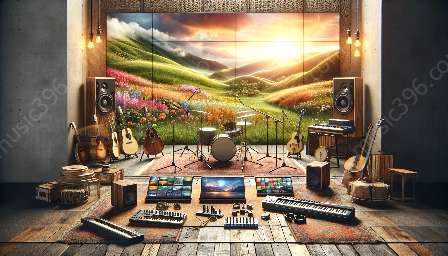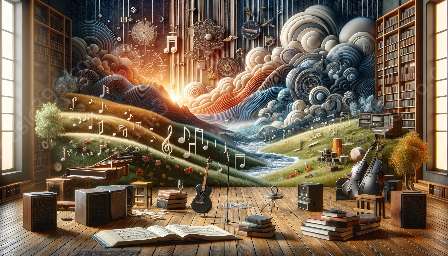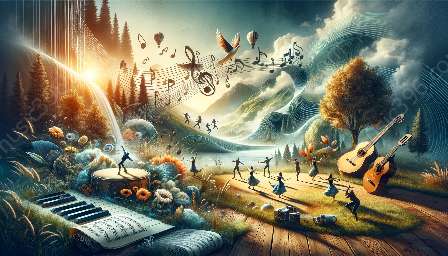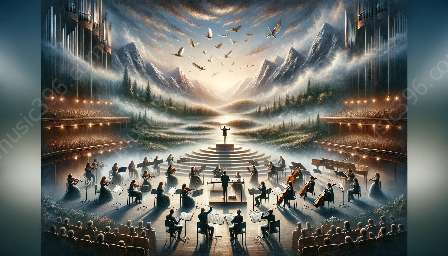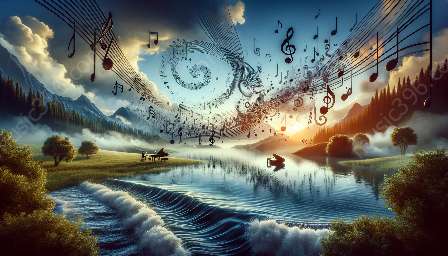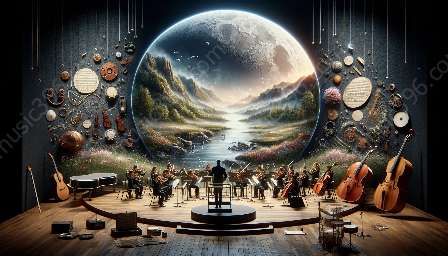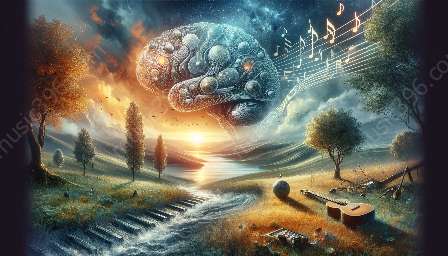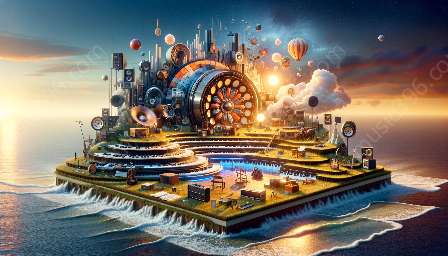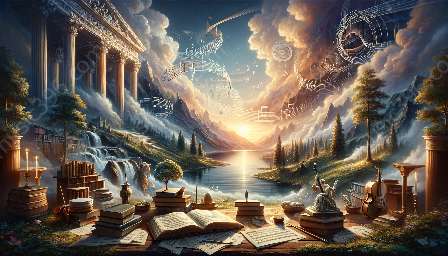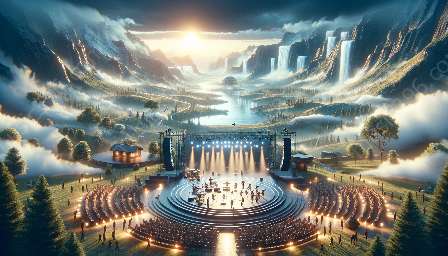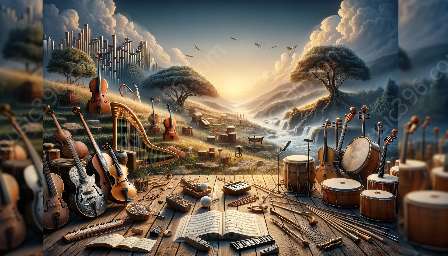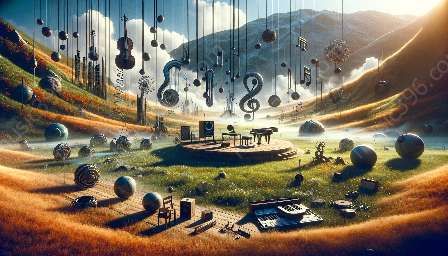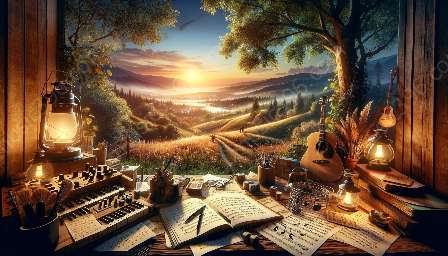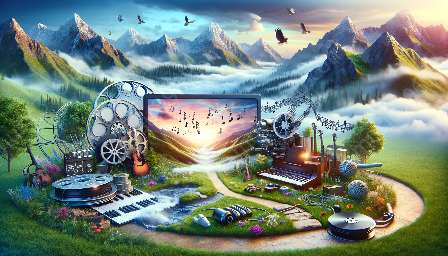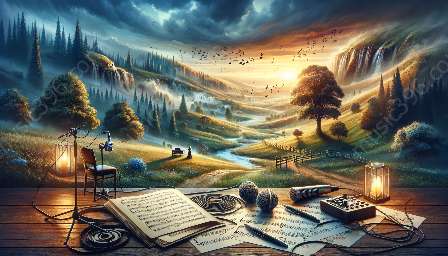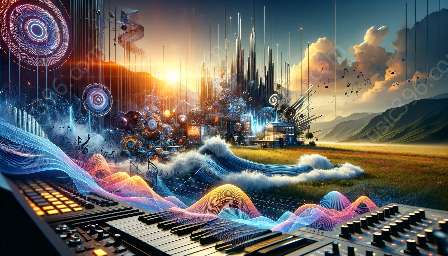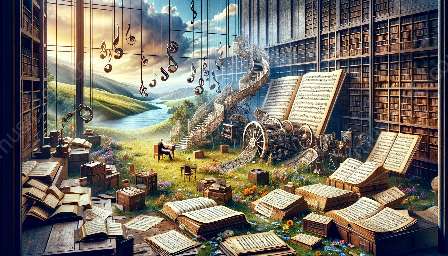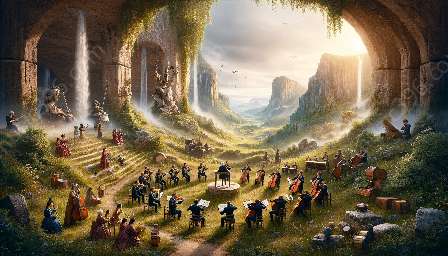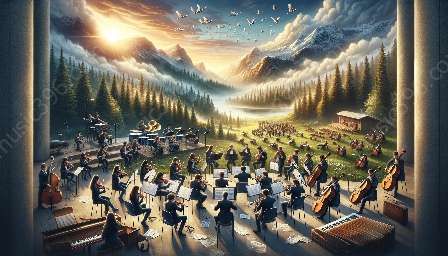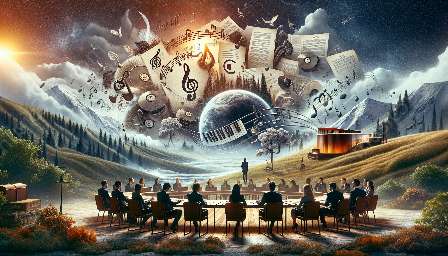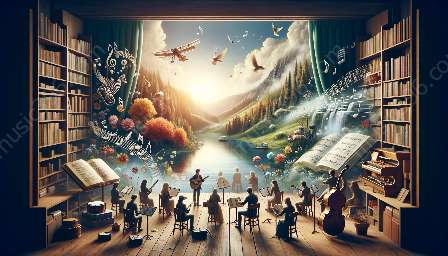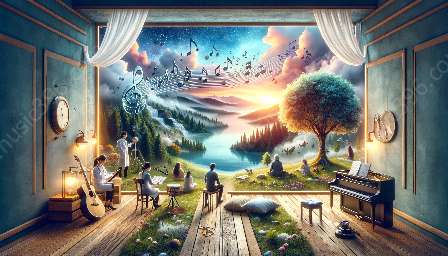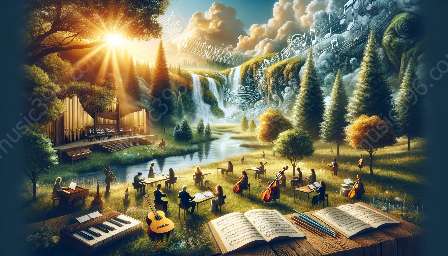Experimental music is a dynamic field that often harnesses the principles of randomness and unpredictability to create innovative and unconventional sonic experiences. In this comprehensive exploration, we delve into how experimental music engages with these principles, examining techniques, notable composers, and the impact of randomness on the evolution of experimental music.
The Principles of Randomness and Unpredictability in Experimental Music
At its core, experimental music challenges traditional compositional and performance norms, seeking to push the boundaries of sonic expression. One of the fundamental ways in which experimental music diverges from conventional forms is through its embrace of randomness and unpredictability. By introducing chance elements into the composition and performance processes, experimental musicians introduce an air of spontaneity and novelty that distinguishes their work.
Techniques for Embracing Randomness
Experimental musicians employ a variety of techniques to incorporate randomness into their compositions and performances. Some utilize aleatoric or indeterminate notation, allowing for elements of chance to shape the interpretation and realization of the music. Others turn to unconventional instrumentation or extended techniques, introducing unpredictable sonic textures and timbres.
Prominent Examples and Composers
Exploring the works of pioneering figures in the realm of experimental music reveals the profound influence of randomness and unpredictability. John Cage, renowned for his exploration of indeterminacy and the use of chance operations, remains a central figure in the integration of randomness into musical creation. His composition 4'33" challenged traditional conceptions of music by focusing on ambient sounds and the element of silence, inviting the unpredictability of environmental noise into the performance space.
Karlheinz Stockhausen, another influential figure, experimented with electronic music and aleatory techniques, harnessing randomness to realize boundary-pushing compositions. His work, such as Gruppen, invites performers to interact with each other in unpredictable ways, embracing the element of chance in live performance.
Randomness and Unpredictability's Impact on the Evolution of Experimental Music
The integration of randomness and unpredictability has significantly shaped the trajectory of experimental music, driving innovation and challenging established norms. This approach encourages a departure from the preconceived structures of traditional composition, opening new avenues for sonic exploration and expression.
Exploration and Collaboration
Embracing randomness fosters an environment of exploration and collaboration within the realm of experimental music. Musicians and composers engage in dialogue with unpredictability, embracing the unknown to uncover novel musical possibilities. This collaborative spirit amplifies the interdisciplinary nature of experimental music, inspiring cross-pollination with other art forms and technological advancements.
Innovation and Audience Experience
The infusion of randomness and unpredictability into experimental music has redefined the boundaries of innovation and audience experience. By transcending conventional musical structures, experimental compositions invite listeners to actively engage with the unfolding sonic journey, challenging expectations and fostering a deeper sense of connection with the music.
Conclusion
Experimental music's engagement with the principles of randomness and unpredictability enriches the sonic landscape by challenging conventions and embracing the unforeseen. Through exploration, collaboration, and innovation, experimental musicians continue to push the boundaries of musical expression, inviting audiences into immersive, unpredictable sonic experiences that resonate with the dynamic nature of contemporary creativity.



